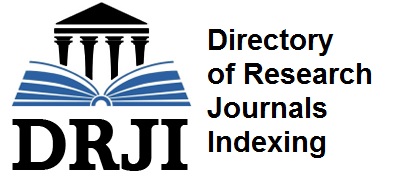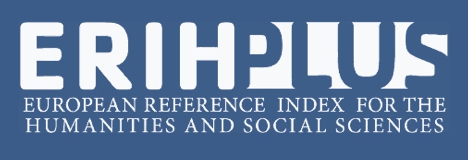Dall’Atlantico a Rialto. Note sul commercio dello zucchero a Venezia nel Settecento
From the Atlantic to Rialto. Notes on the eighteenth-century sugar trade in Venice
Abstract
Manufactured by the exploitation of millions of African slaves, sugar flows from the Atlantic into Europe to finish its refining process and increasingly become a mass consumer product. Mediterranean ports are also part of this production chain as centres of import, processing and consumption. In spite of its relative decline, Venice is perfectly integrated within the 18th century sugar production chain. This article aims to analyse the role of the lagoon city as a marketplace for the trade, processing and distribution of sugar and refined products during the eighteenth century. Starting from the French interest in the Venetian outlet market, the analysis will focus on the import trade, showing which were the international suppliers of Venice.
Prodotto dallo sfruttamento di milioni di schiavi africani, lo zucchero si riversa dall’Atlantico in Europa per terminare il proprio processo di raffinazione e diventare sempre più un prodotto di consumo di massa. Anche i porti del Mediterraneo fanno parte di questa filiera come centri di importazione, trasformazione e consumo. Nonostante il proprio declino relativo, Venezia è perfettamente inserita all’interno della filiera dello zucchero del XVIII secolo. L’articolo si propone di analizzare il ruolo della città lagunare come piazza di commercio, trasformazione e distribuzione dello zucchero e prodotti raffinati nel corso del Settecento. Partendo dall’interesse francese per il mercato di sbocco veneziano, l’analisi si concentrerà sul commercio di importazione, mostrando quali fossero i fornitori internazionali di Venezia.

This work is licensed under a Creative Commons Attribution-NonCommercial 4.0 International License.
Authors who publish with this Journal agree to the following terms:
Authors retain copyright and grant the Journal right of first publication with the work simultaneously licensed under a Creative Commons Attribution-NonCommercial 4.0 International License.
This Journal permits and encourages authors to post items submitted to the Journal on personal websites or institutional repositories both prior to and after publication, while providing bibliographic details that credit, if applicable, its publication in this Journal.

















